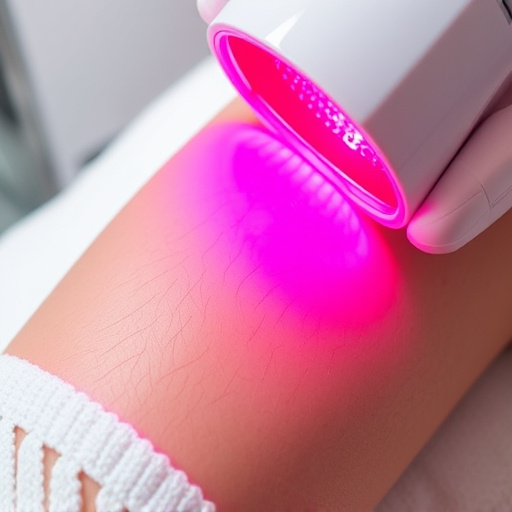Melasma, caused by hormones and sun exposure, treats dark facial patches with skincare procedures, creams, chemical peels, or laser therapy. Topical creams and laser treatments offer personalized solutions, improving skin in 4-6 weeks, with gradual to dramatic results. Post-treatment care ensures long-lasting melasma treatment outcomes.
Melasma, often dubbed the ‘mask of pregnancy,’ is a skin condition characterized by dark patches on the face. This article delves into the world of melasma treatment, offering insights into its causes and diagnosis. We explore various treatment options, from topical creams to laser therapy, focusing on expected results and timelines. Understanding the patient experience is key, as each individual’s journey with melasma treatment differs. Discover the factors influencing the timeframe for visible improvements and learn what to expect during recovery.
- Understanding Melasma: Causes and Diagnosis
- Treatment Options: Topical Creams to Laser Therapy
- Expected Results: Timeframes and Patient Experience
Understanding Melasma: Causes and Diagnosis

Melasma is a common skin condition characterized by dark patches on the face, often appearing as brown or grayish-black spots. This hyperpigmentation typically affects areas like the cheeks, forehead, and bridge of the nose. While it can be unsightly, melasma is usually harmless and not a sign of an underlying health issue.
The causes of melasma are multifaceted. It’s primarily triggered by hormonal fluctuations, making it prevalent in women during pregnancy (often referred to as “mask of pregnancy”) or while using contraceptives. Sun exposure also plays a significant role, with UV rays stimulating melanocytes, the cells responsible for skin pigment production. Certain medical conditions and even stress can contribute to its development. Diagnosing melasma involves a thorough skin examination by a dermatologist who may use specialized lighting to assess the depth of pigment involvement. Understanding these causes is crucial when considering melasma treatment options like professional skincare procedures, chemical peels, or targeted skin brightening products.
Treatment Options: Topical Creams to Laser Therapy

The journey to achieving clear, even skin after melasma involves exploring various treatment options tailored to individual needs. One of the most common approaches is topical cream therapy, which includes a range of products designed to lighten hyperpigmentation and even out skin tone. These creams often contain active ingredients like hydroquinone, retinoids, or vitamin C derivatives that work by inhibiting melanin production and promoting skin cell turnover. The key lies in consistency; regular application over several weeks or months can lead to visible improvements.
For more intensive melasma treatment, laser therapy offers a targeted approach. Specific lasers, such as those with Q-switched Nd:YAG or fraxel technology, are designed to break up pigmented spots without damaging the surrounding skin. These procedures may require multiple sessions spaced several weeks apart for optimal results. While they can be more expensive than topical treatments, laser therapy provides a faster path to significant skin brightening and is often considered an effective long-term solution for melasma, along with other anti-aging treatments like laser hair removal, and achieving a radiant, even complexion.
Expected Results: Timeframes and Patient Experience

The expected results of melasma treatment vary depending on the chosen method and severity of the condition. Typically, patients can expect to see improvements within 4-6 weeks after starting treatment. However, for more profound cases, it might take up to 3 months or longer to achieve desired outcomes. This timeframe allows the skin to respond to the specific melasma treatment, whether that’s through microneedling therapy, body contouring techniques, or non-surgical treatments like laser therapies.
Each patient’s experience is unique. Some may notice a gradual fading of dark patches and an even skin tone returning, while others might see more dramatic changes. It’s crucial to maintain realistic expectations during the healing process. Consistent adherence to post-treatment care instructions, including the use of sunscreen, will enhance the effectiveness of melasma treatment and ensure long-lasting results.
Melasma treatment results can vary, but with consistent use of recommended therapies, many patients begin to see improvements within 2-3 months. Depending on the severity and chosen method, it may take up to 6 months or more for complete resolution. Regular follow-ups with a dermatologist are crucial to monitor progress and adjust treatments as needed. Continue reading to explore different melasma treatment options and find the best approach for your skin.














